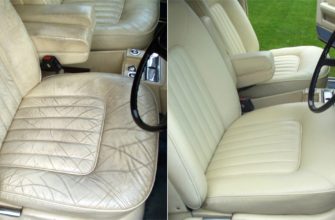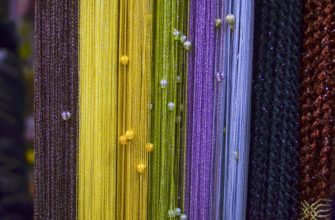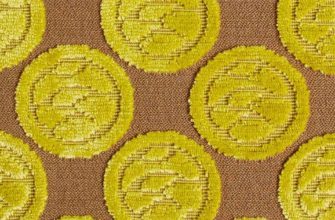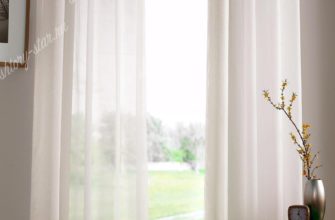Despite the fact that the choice of bed linen in stores is huge, many people often think about sewing such a product themselves. This happens because it is not always possible to find a model of the desired design and size, and also due to savings. Before starting work, it is extremely important to choose a fabric that is pleasant to the touch and correctly select its quantity. Fabric consumption for bed linen depends on the standard chosen during its manufacture.
- Standards for a double bed linen set
- "Euro-Standard"
- "Euro-maxi"
- "Family"
- "Nursery"
- Teenage and children's
- How much fabric is needed to sew 1.5 bed linen set
- What is a lap stitch?
- Choosing a Material for Bed Linen: What's More Pleasant to Sleep On
- Cotton, bamboo, linen
- Satin, silk
- Percale
- Polycotton, flannel and chintz
- Layout and cutting for sewing bed linen with your own hands
- How to sew a double bed linen set
Standards for a double bed linen set
Below are the approved standards for double bed linen.
"Euro-Standard"
The same in all European countries. The exception is Italy, where you can find a duvet cover measuring 200*250 cm, as well as a sheet measuring 250*290 cm.
In other Western countries, the size of the set is more modest - a duvet cover of 200*220 cm and a sheet from 220*240 cm to 240*260 cm. The number of pillowcases 70*70 in all countries is calculated from two to four pieces.
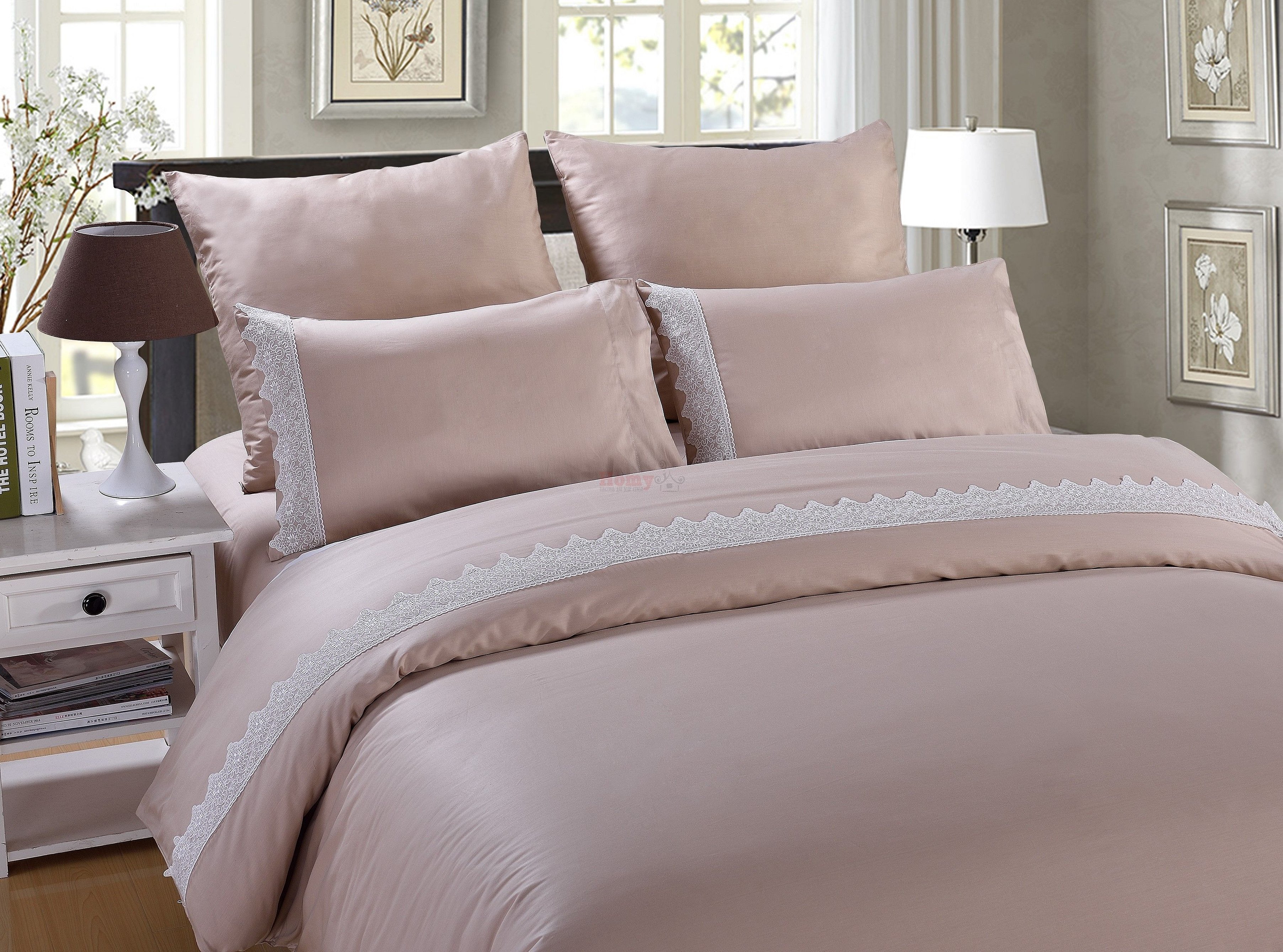
This set is made for beds with a width of 160 cm.
Important! German and Austrian sets are often sold without sheets.
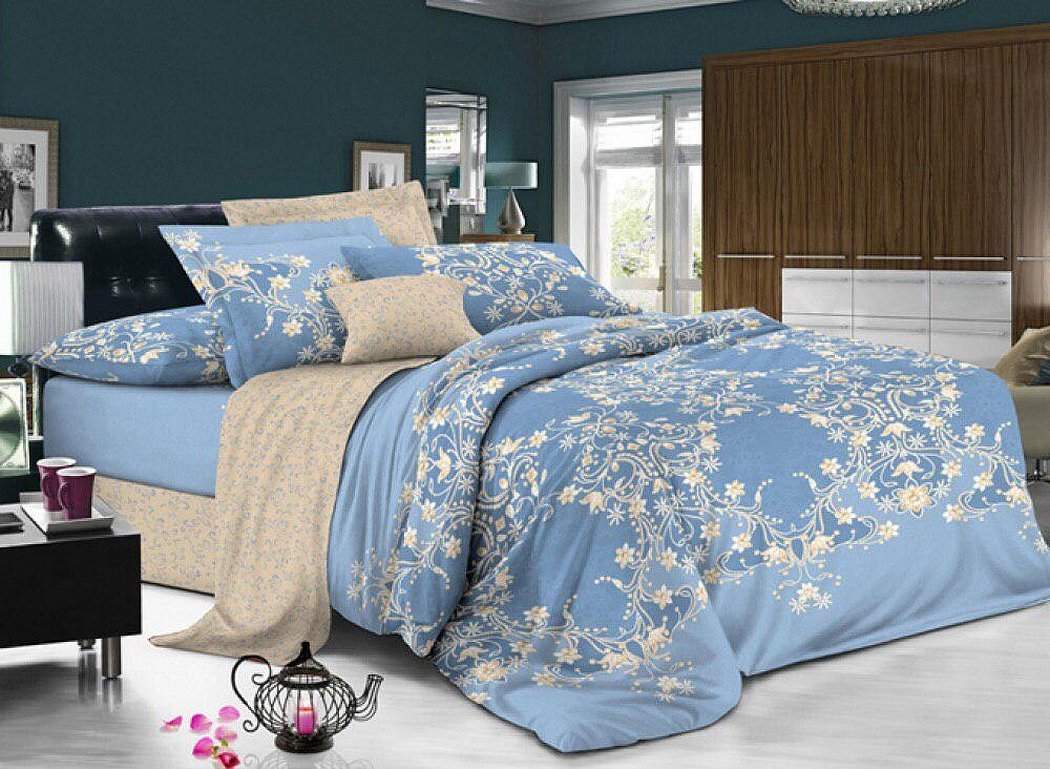
"Euro-maxi"
Specialized for beds from 180 centimeters wide. In all countries there is one size of duvet cover - 220*240 cm. Sheets may differ from place to place. Turkish bed linen sets contain sheets from 270*310 to 290*310, and in Russia they produce 220*240 cm.
It is the largest type of bed linen. The number of pillowcases 70*70 from two to four.
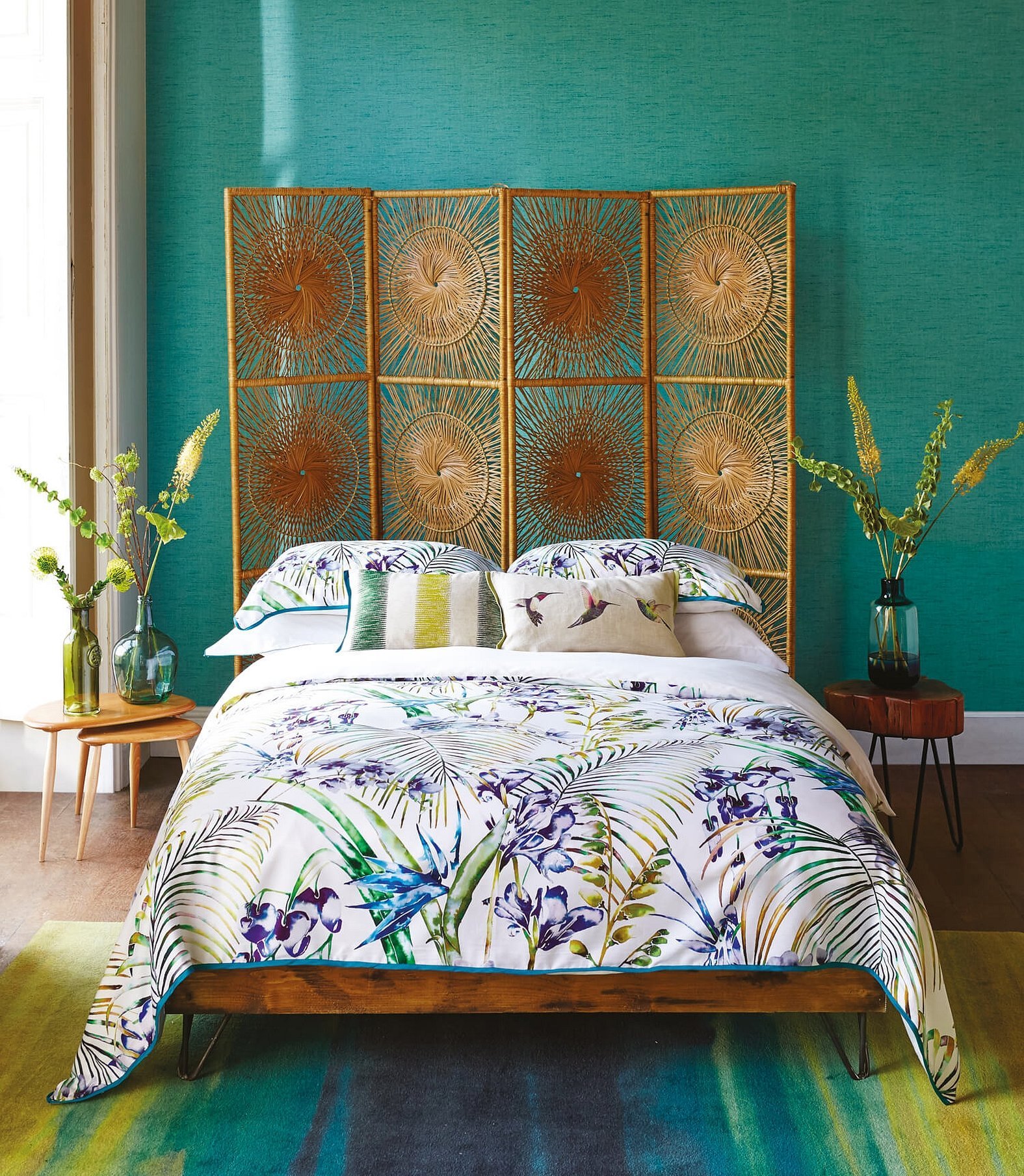
"Family"
Unlike the others, this set of linen comes with 2 single duvet covers. Their size varies depending on the country of manufacture from 150*205 to 160*220 cm. The most common is 150*210 cm.
The average size of a sheet is 230*250 cm. It comes with a standard number of pillowcases 70*70.
This type of double bed set is suitable when the sleepers like to wrap themselves tightly in the blanket.

"Nursery"
Also known as "For newborns". It has fairly large sheet sizes from 100*120 to 120*170 centimeters, although it is designed for a crib measuring 60*120. This is done so that the free edges of the linen go further under the mattress. This reduces the likelihood of the baby tearing off the sheet.
The duvet cover usually measures 115*147 centimeters, and there is also one 70*70 pillowcase as standard.
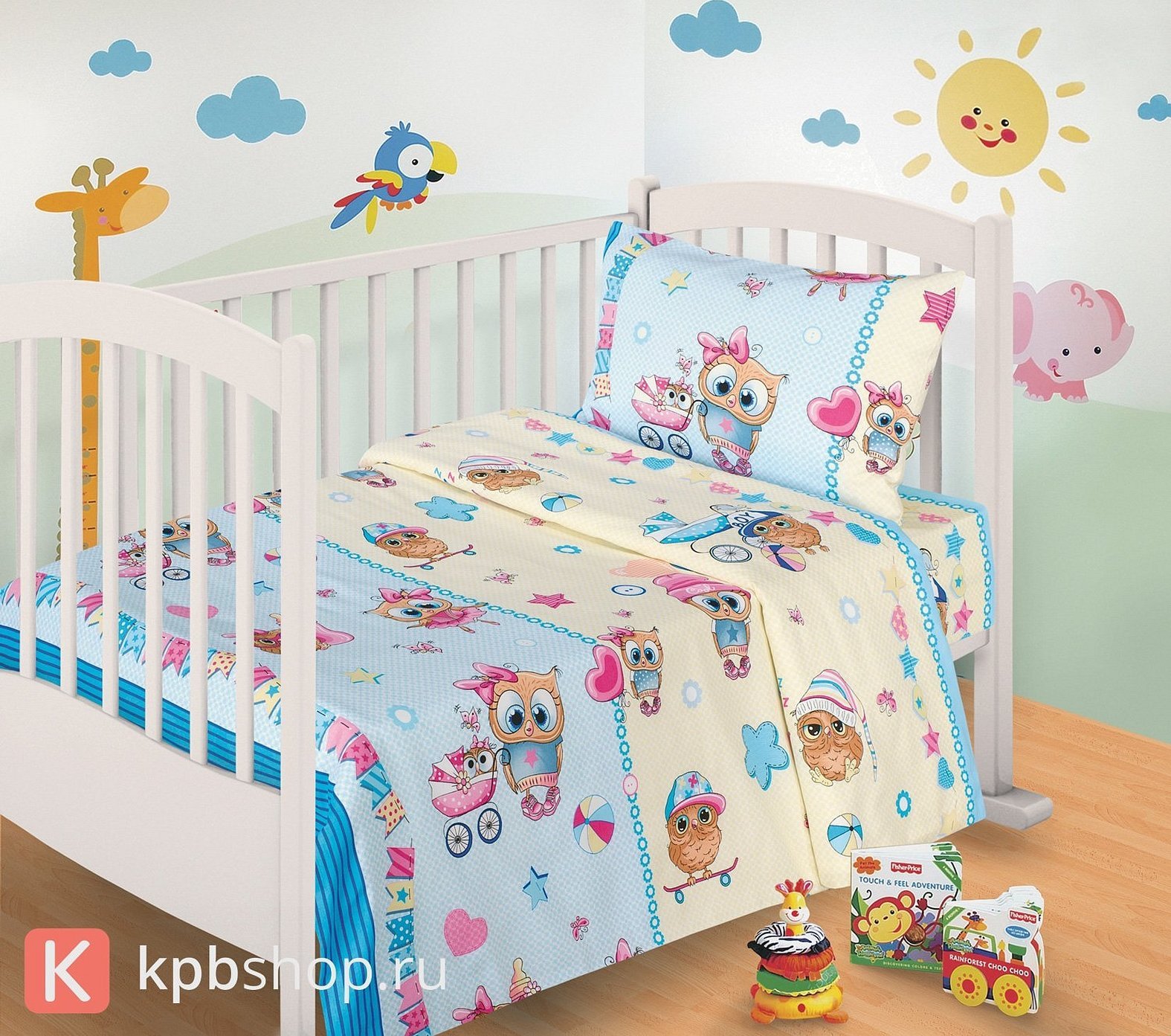
Teenage and children's
Children's and teenagers' bedding sets often correspond to one and a half size bed linen, which is considered adult. The two main differences between children's and adult bedding are the colors and the number of pillowcases in the set. Very rarely do children's sets have two pillowcases.
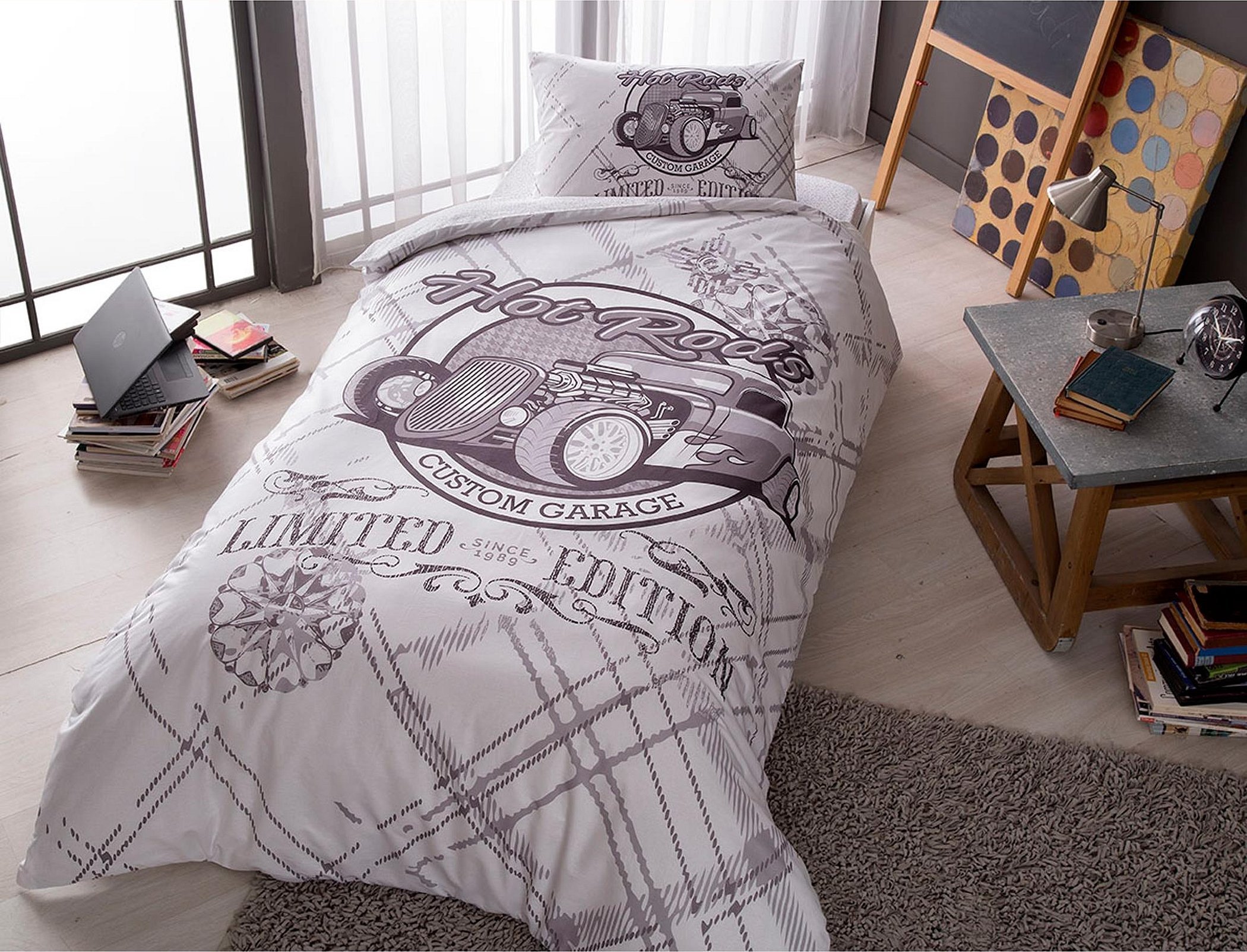
How much fabric is needed to sew 1.5 bed linen set
One of the popular sizes of a one-and-a-half bed set is 160*220 cm with four 70*70 pillowcases. When sewing this set, it is easiest to prepare fabric measuring 165*825 centimeters. In this case, a piece of 165*450 will be needed for the duvet cover, and 165*225 for the sheet. To make four pillowcases, a piece of 150*150 centimeters is enough.
Important! When calculating the amount of fabric for sets of other sizes, it is necessary to leave 5 cm of fabric for the lap seam. For example, for a sheet measuring 150*210, it is necessary to prepare a fabric of 155*215 cm.
What is a lap stitch?
A lapped seam is a type of connecting seam with closed fabric cuts. It is made with connecting and connecting-finishing seams. As a result, only one of them is visible from the outside.
The main advantage of the seam is that there is no need to overcast the edges of the fabric.
Important! When making a seam, allowances should be 1.5 cm, and it should also be even over a couple of meters of the future product.
The parts must be folded face to face so that the lower part protrudes by 7-9 mm. This protrusion is ironed onto the upper part. Then it is necessary to stitch the folded piece at a distance of 2 mm from the edge, open the workpiece and iron the resulting seam on all sides. After this, it is necessary to go through the stitching with a fastening, stepping back from the fold of the allowance by 2 mm. At the end, you need to iron the finished lapped seam.
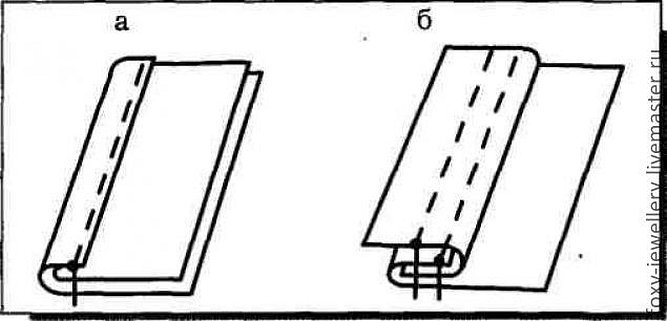
Choosing a Material for Bed Linen: What's More Pleasant to Sleep On
When choosing bed linen, special attention should be paid to the fabric. Using bed linen sets made of 100% synthetic material often leads to unpleasant sensations on the skin. Therefore, it is necessary to buy bed linen made of natural fibers or with a small percentage of synthetic ones to ensure greater wear resistance.
Cotton, bamboo, linen
If the required fabric density is required, cotton, linen or bamboo underwear sets should be chosen. All these fabrics are hypoallergenic, wear-resistant, do not accumulate static electricity and are breathable. Cotton fabric is easy to care for and is relatively inexpensive. Linen fabric conducts heat well and does not form pellets.
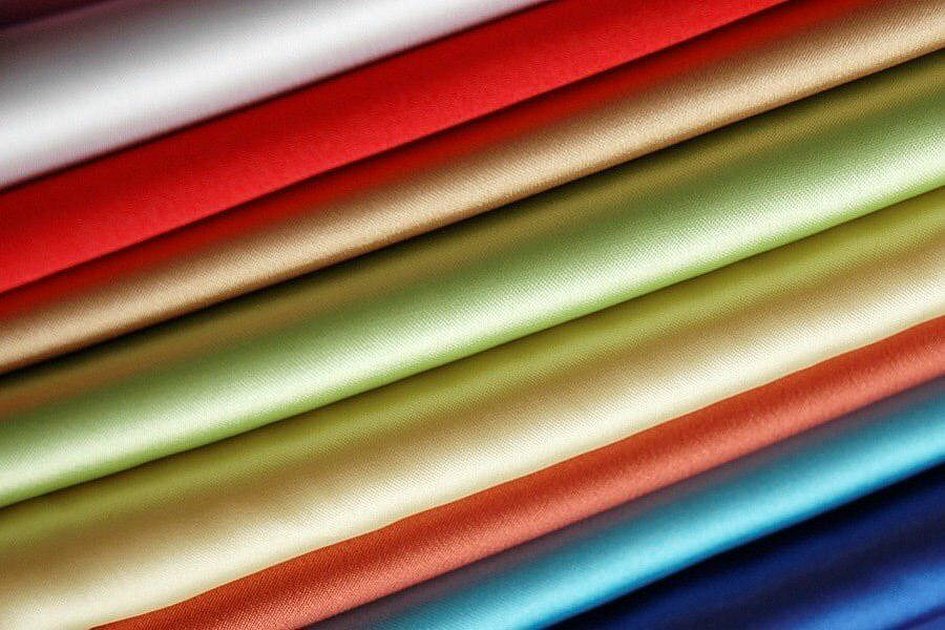
Bamboo bedding is softer than cotton and has antibacterial properties, which helps prevent the growth of pathogens. These fabrics have a couple of common disadvantages:
- they shrink when washed;
- often wrinkled.
Satin, silk
For lovers of smooth and shiny materials, satin and silk are suitable. Both of these fabrics are hypoallergenic, hygroscopic, wear-resistant and absorb moisture well. Also, due to their smoothness, these fabrics do not stretch the skin. Pillowcases made of these materials contribute to a healthy complexion. Satin fabric has a smooth and rough side, which allows sheets not to slip off the mattresses.
Silk fabric contains sericin, which prevents the growth of fungi and dust mites in linen. Its threads also contain fibrin, which rejuvenates the skin, improves blood circulation and improves blood circulation. The only downside of these materials is their high cost.
Percale
If you have bedding with feather and down filling, you should choose percale. This material is made from untwisted cotton threads, which are treated with a special adhesive composition, sizing, from natural components. Thanks to this treatment, percale has increased strength, density, is almost not subject to deformation and does not roll.
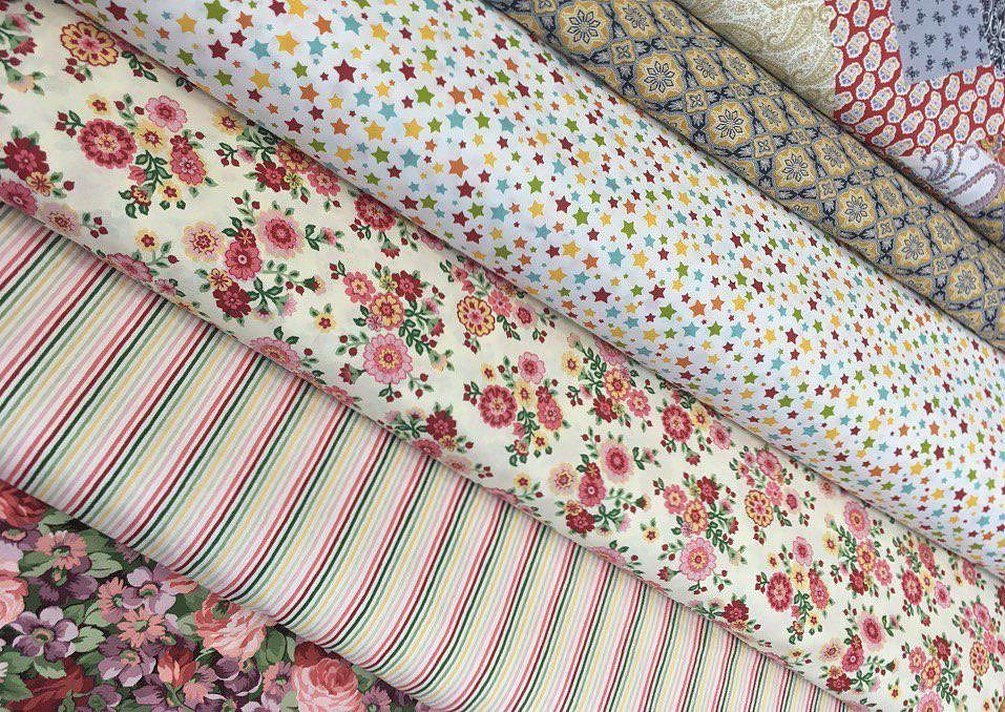
It is due to the density of the threads that percale does not allow the fillers of bedding to stick out. This material has its own disadvantages:
- an allergic reaction to the composition of the dressing is possible;
- The fabric may initially be crunchy, but will become soft over time;
- low hygroscopicity compared to cotton;
- high price.
Polycotton, flannel and chintz
For people with limited funds, it is worth taking a closer look at such materials for bed linen as polycotton, flannel and chintz.
Polycotton is highly durable and hardly shrinks.
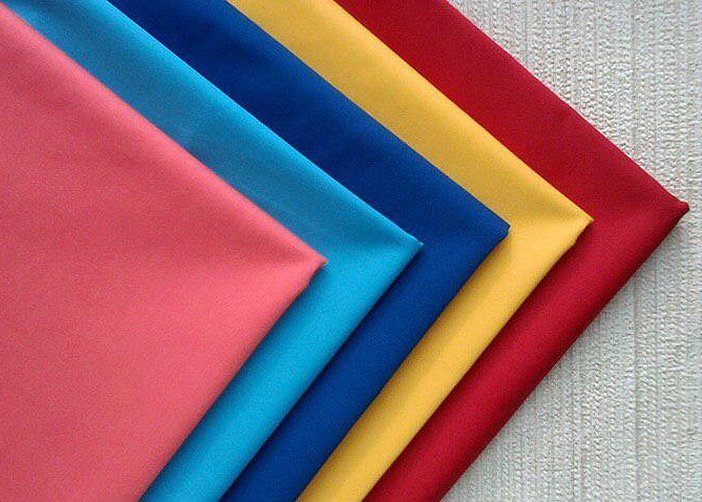
The big disadvantages of this fabric:
- gives a polyester content exceeding 35%, due to which the material can generate static electricity,
- air permeability is reduced,
- "pellets" appear.
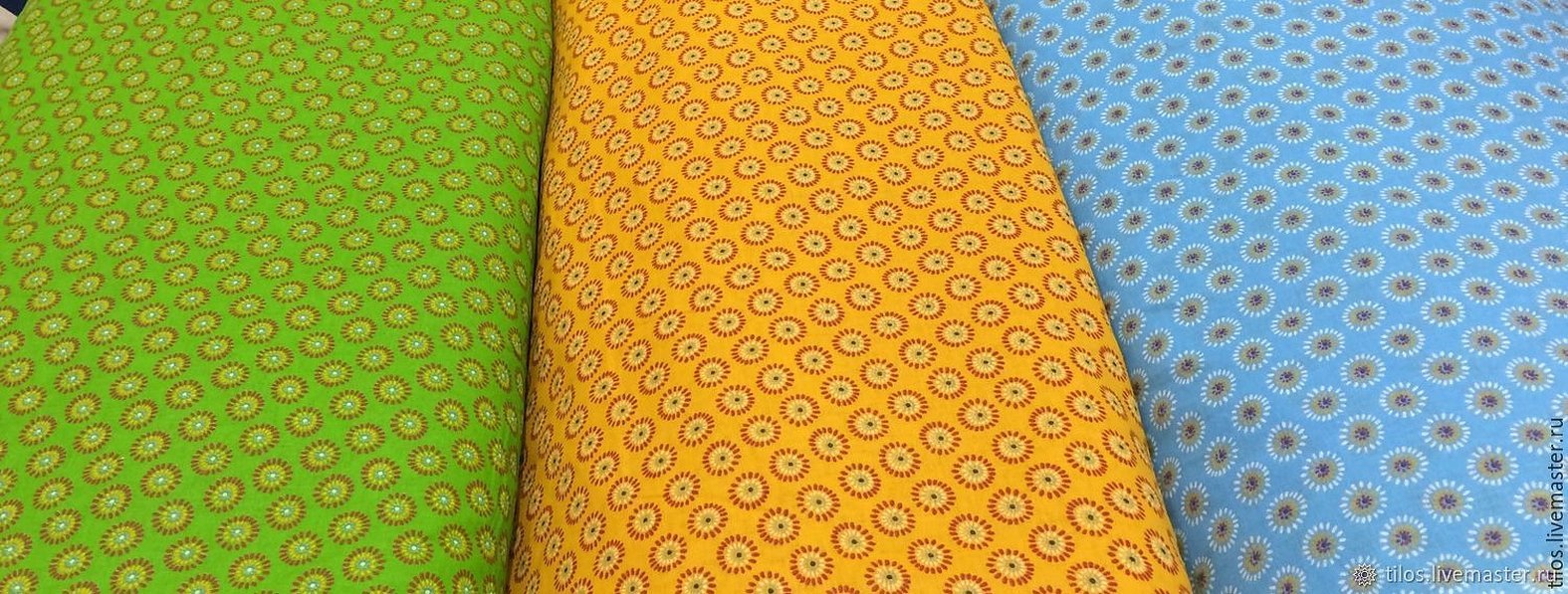
Chintz is much less durable, but has good hygroscopicity and air permeability. Also, chintz fabric is absolutely safe and hypoallergenic. Among the disadvantages of this material, one can highlight its fragility, shrinkage and rapid wrinkling.
Flannel fabric is very soft to the touch, but at the same time durable, retains heat well and absorbs moisture. With the exception of wool, all flannel is machine washable. Among the disadvantages of this fabric, it is worth highlighting that the nap of the fabric decreases with use, flannel dries slowly and shrinks.
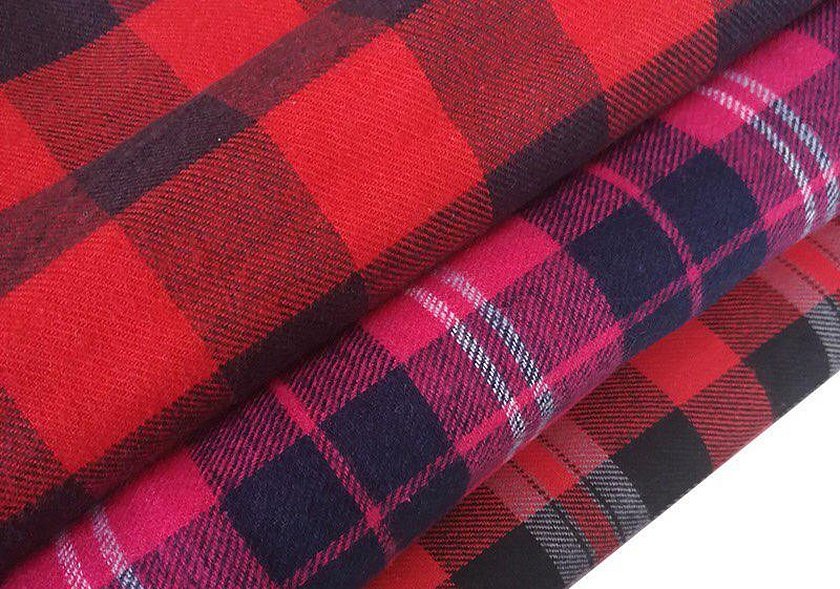
Layout and cutting for sewing bed linen with your own hands
Having decided to start sewing bed linen, the first thing to do is to take precise measurements, which will help to correctly calculate the fabric consumption. It is also worth considering how much shrinkage the material can cause and its features. For example, when calculating the fabric for bed linen with a width of 220 cm, it is necessary to prepare a piece of fabric 225 cm wide.
Before you start laying out and cutting, you need to wash the fabric well and then iron it. This will allow the fabric to shrink, which will help you calculate the fabric correctly. In order to use the material wisely, you need to cut the fabric correctly. When laying out the fabric, you need to take into account the presence of raw edges on the fabric and add seam allowances on each side of approximately 3 cm. When applying a pattern of the future bed to the material, it is better to use a dried piece of soap or special chalk.
Important! When cutting, it is necessary to follow the grain line so that the fabric does not deform and does not lose its shape. The grain line can be called all the threads that go along the edge of the material.
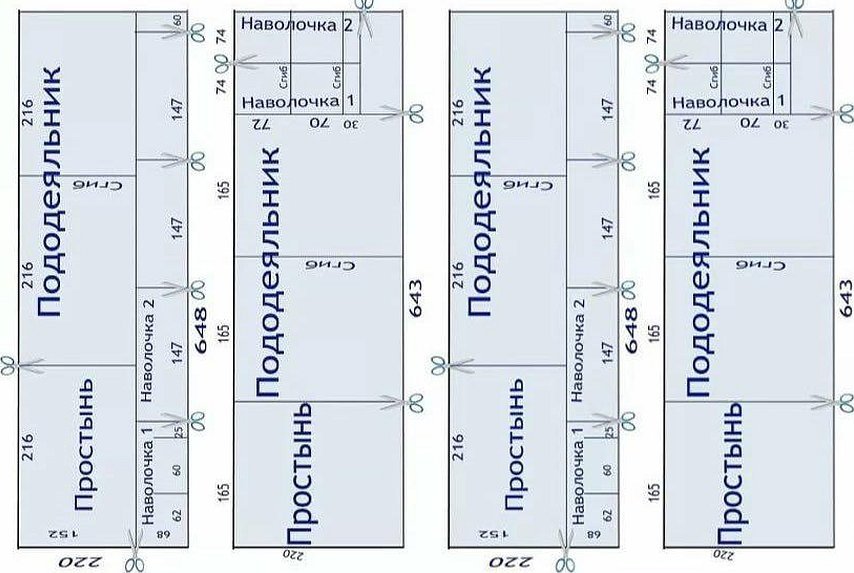
How to sew a double bed linen set
Sewing a double bed linen set differs from a one-and-a-half bed set only in the amount of fabric, parts of which will have to be sewn together if necessary.
Having cut a piece of fabric for the future sheet, it is necessary to process the edges with an overlock, fold them for hemming and iron them for convenience. After this, the material only remains to be hemmed.
The easiest way to sew a duvet cover is not much different from a sheet. The dimensions of the blanket are multiplied by two, and an allowance for seams is added to them. Then the cut piece of material is folded in half and stitched. The short side, where the hole for the blanket will be, is stitched with a not completely closed seam.
Important! In the absence of a large piece of fabric, a double sheet, like a double duvet cover, can consist of two single pieces sewn together in the middle.
For a pillowcase, the fabric is calculated by length. The required size is multiplied by two. The wrap is also added to this, the size of which should be calculated based on the dimensions of the pillow. Then the fabric is ironed along the fold lines and folded inside out for hemming.
Ready-made bed linen sets are made in standard sizes, which sometimes creates some inconveniences. If you have a bed or any bedding of non-standard sizes, it will be much cheaper to sew the linen yourself.

